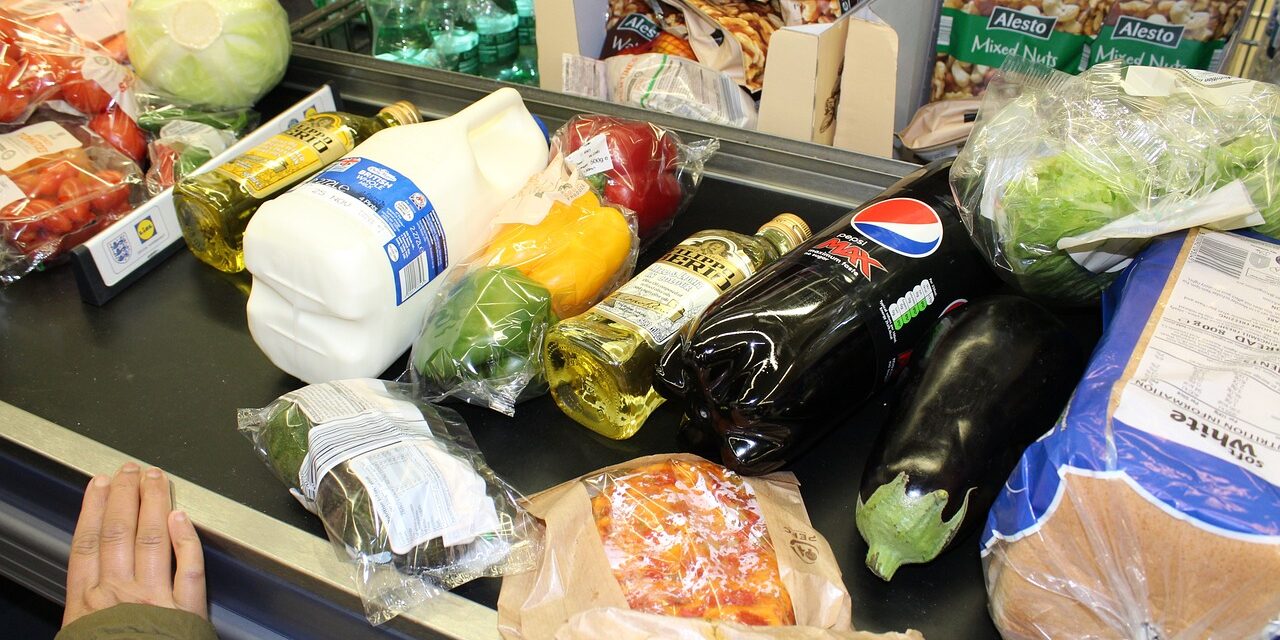Not only are increasingly smaller packages deceiving customers in stores, but manufacturers are brazenly and secretly raising prices as well.
In order to retain customers, manufacturers and retailers often reacted to the enormous monetary deterioration in 2023 with "hidden" price increases.
news magazine Spiegel reported that in Germany last year, following complaints from consumers, 104 products were added to the list of products with "deceptive" packaging. According to the collection of the Hamburg state consumer protection center, most of these goods can be found among sweets, but the packaging of some pizzas and ketchup is misleading, and the list also includes drinks and perfumes.
This year, for the tenth time, consumers can vote on which product we think can take first place in the ranking, i.e. which product has the most deceptive packaging. In addition to the number of complaints, the amount of the price increase is also taken into account in order to reach the "final". Candidates include chewing gum, chocolate, ice cream and mouthwash.
The consumer protection experts interviewed by the news magazine distinguished 12 types of packaging tricks for hidden price increases:
1. Shrink inflation: In this case, the packaging and the price will remain unchanged, but the content and quantity of the goods will be smaller.
2. "There is more in a new guise": The packaging is new and the quantity is also increasing, but the consumer price is rising disproportionately.
3. "Now cheaper": The price of our favorite product is reduced - the customer is informed of the good news, but is no longer informed that not only the price, but also the quantity and weight of the goods hidden in the package will be reduced, to an extent that far exceeds the decrease presented as a price drop .
4. "Less content at a higher price": A seemingly modest price increase is actually a serious increase in price, because the price increase comes with a decrease in volume.
5. "Retailer's trap": The same product is available in several chain stores at the same price, but there are retailers whose packaging hides less content.
6. "Multipack": The products hidden in multipacks are smaller than the original ones, so this type of packaging is only apparently cheaper.
7. "Quality-destroying inflation": Components of a product with the same price are replaced with cheaper ones.
8. “Dosage trick”: The manufacturer changes the dosage instructions, as a result of which the consumer uses the product faster.
9. "Rebranding": The same product is launched under a new brand name, and a new, of course, much higher price is set for the new brand.
10. "Shrink-inflation Plus": The manufacturer presents the shrink-inflation trick with renewed, larger packaging, that is, it does not reduce the price, only the content. However, the unsuspecting customer thinks that he will receive a larger quantity due to the larger packaging.
11. "Product type trick": Some of the different types of a product have less content in their packaging, but their goods remain the same.
12. "Net weight change": The manufacturer changes the net weight and price of the product so often and at such irregular intervals that the customer is unable to follow the process.
Featured Image: Pixabay












